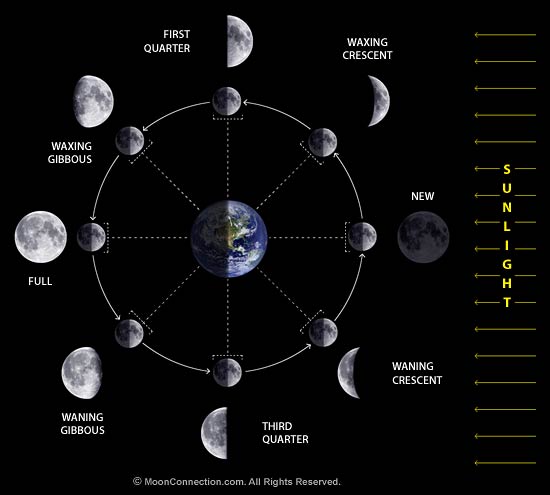BEING IN TUNE WITH NATURE
The wheel of the year consists of 8 ' festivals'. Four of these celebrating the season equinox's and solstices (Sun Festivals):
Yule - Mid Winter (21 December)
Ostara - Spring, (March 21st/22nd)
Litha - Midsummer (21st/22nd June)
Mabon - Autumn. (September 21st-23rd)
The observation of the seasons were vital to our ancestors and their lives depended on these festivals for harvest, planting etc
The other four observations are known as Fire Festivals -
Imbolc - Candlemas, or Brigid's Day (February 2nd)
Beltaine - Celtic May Day (April 30th/May 1st)
Lammas - Lughnasadh (August 2, July 31st/Aug 1st)
Samhain - Summers End, Halloween (October 31st)


Another day that is on the calendar is:
Nebyn - 12th Night - The Twelfth Night is also traditionally the time that the winter celebrating and feasting would end.
Image refs:
http://kmareka.com/2010/10/30/happy-samhain/, http://www.thewhitegoddess.co.uk/the_wheel_of_the_year/index.asp
http://www.moonconnection.com/moon_phases.phtml
MOON PHASES
Next full moon is
in about 2 days
Last Quarter Oct 20 03:30
New Moon Oct 26 19:56
First Quarter Nov 2 16:38
Full Moon Nov 10 20:16

Lunar phases are created by changing angles/ positions of the earth, moon and sun, as the moon orbits the earth.
The 1st quarter and 3rd quarter moons - "half moons", occur when the moon is at a 90 degrees to the earth and sun. We see exactly half of the moon illuminated and the other half in shadow(invisible).
You will need to understand lunar phase names:
crescent,
gibbous,
waxing, and
waning.
The word crescent refers to the phases where the moon is less that half illuminated. The word gibbous refers to phases where the moon is more than half illuminated. Waxing essentially means "growing" or expanding in illumination, and waning means "shrinking" or decreasing in illumination.
Combine the 2 words to create the phase name, as follows:
After the new moon, the sunlit portion is increasing, but less than half, so it is waxing crescent.
After the first quarter, the sunlit portion is still increasing, but now it is more than half, so it is waxing gibbous.
After the full moon (maximum illumination), the light continually decreases. So the waning gibbous phase occurs next.
Following the third quarter is the waning crescent, which wanes until the light is completely gone -- a new moon.
Other sources for info:
en.wikipedia.org/wiki/Wheel_of_the_Year,
www.paganfed.org/pagan-wheel.shtml,
www.bbc.co.uk/religion/religions/paganism/holydays/year.shtml,
www.gaias-garden.co.uk/articles/woty.html,
www.mindspring.com/~stardancer/wheeloftheyear.org/,
www.witchway.net/days/days.html